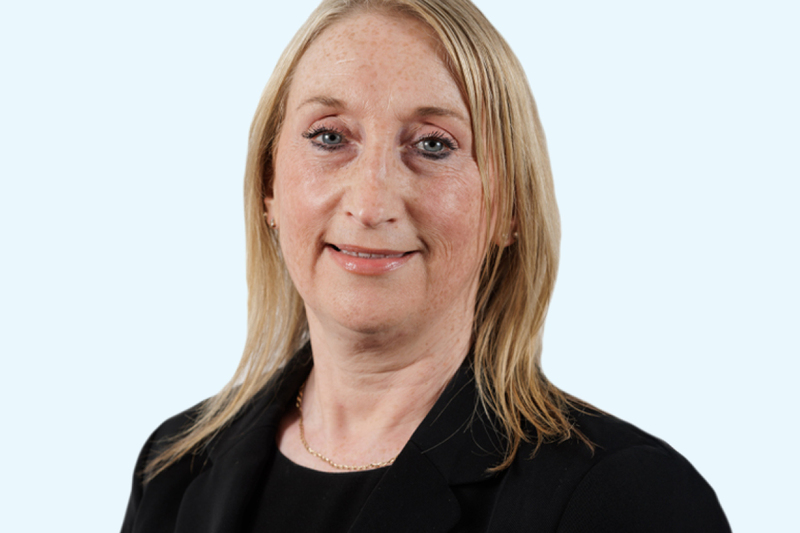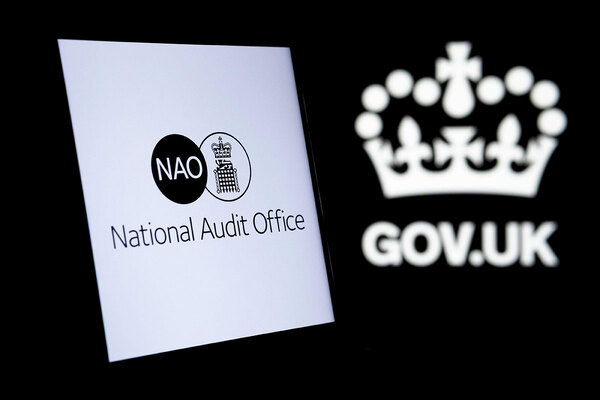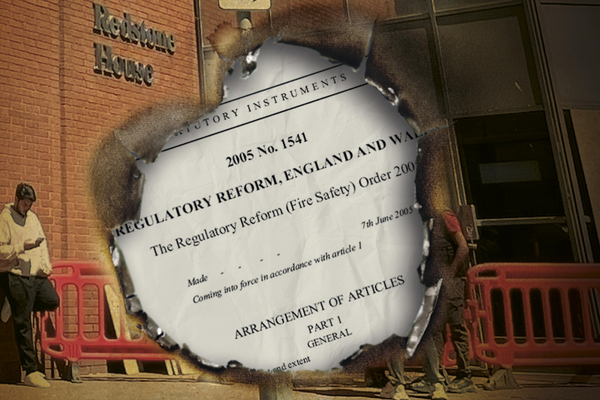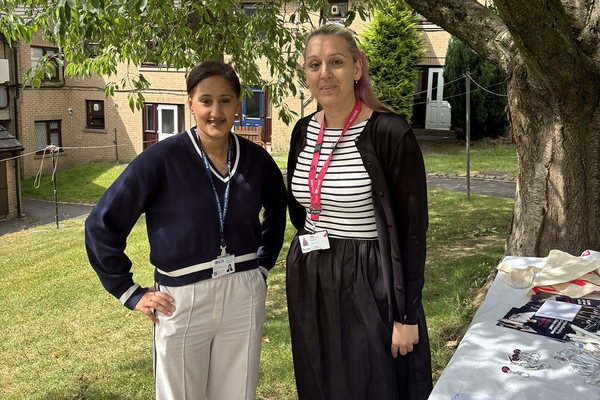You are viewing 1 of your 1 free articles
What we’ve learned from our pilot of Awaab’s Law
The past three months have enabled us to review existing datasets while testing processes, procedures and systems to determine what else is required, writes Margaret Goddard, group assets director at Torus
Earlier in the year, Torus took the decision to run a pilot operating on the basis that Awaab’s Law was already in force. Starting in July, we tested our processes and operating procedures to ensure we are prepared and can comply with all requirements of the new legislation.
We hope explaining the approach taken, and sharing the findings will be useful for the rest of the sector as we embrace this pivotal moment.
In preparation for the introduction of Awaab’s Law, and to meet other legislative and regulatory requirements, we have been operating a whole-systems approach with the initial focus on tackling damp and mould.
This is very much a data-driven strategy based on refreshed and updated stock condition information, which in turn underpins the approach to investment that sees us deliver both repairs and planned works in the right places. Data from these surveys lets us understand more, and provides a series of indicators so we can predict more accurately where damp and mould cases might occur.
This has included overlaying data from different sources including consideration of property archetypes as well as factors such as high levels of repairs being raised, vulnerabilities among residents and other indicators of deprivation. The use of data in this way means we can prioritise where improvements are needed most.
By starting the pilot three months early, it has enabled us to review existing datasets while testing processes, procedures and systems to capture learnings and determine what else is required so we comply with the new legislation, including timescales.
Over the past three months we have learned a lot and this precious intelligence has been summarised into seven key takeaways.
1. Focus on people
Firstly, the fundamental principle of Awaab’s Law is the focus on people. A human touch has to be at the heart of everything, considering tenants, their lives, circumstances and most importantly, any vulnerabilities they may have.
Listening closely and asking the right questions is vital so do not underestimate the role that all teams have to play – housing, maintenance, contractors etc. They have to grasp the opportunity of being your eyes and ears whenever they are in contact with tenants to spot warning signs.
2. Embed throughout the organisation
With this in mind, we have learned that embedding the principles set out in the law ha,s to be a priority for the entire organisation. We have focused on training our teams so they understand what is legally required and this will continue until we are assured the approach has been ingrained. We are doing this because tackling damp and mould and keeping customers safe is everyone’s business.
3. Establish specialists
Lessons from how we manage damp and mould have seen us establish a specialist standalone team, which we think is essential to ensure there is a dedicated focus in this area. This is more important than ever with the introduction of Awaab’s Law.
4. Good data
Good data is essential in understanding stock conditions, and the ability to overlay intelligence from different sources can help landlords build a comprehensive picture of what is happening in neighbourhoods. This also helps with predictive analysis, letting you get ahead of the curve so that properties most at risk are prioritised for investment.
5. Triaging and diagnosing
Triaging is critical for efficiently diagnosing cases. Asking the right questions at the outset ensures resources can be deployed efficiently.
This results in the correct people doing the work right first time so cases do not become emergency situations and means responses can be really prescriptive, which significantly reduces the margin for error.
6. Case management
When managing cases, we are not just asking about the colour, size or location of damp and mould, but details about a tenant’s situation or other intrinsic issues too.
The ability to track cases from initial reporting through to completion is absolutely essential, and ensuring that information is captured correctly and updated on systems is vital.
For us, this has included a rebuild of existing case management systems based on the timescales set out in Awaab’s Law. Landlords need to be able to evidence all activity from initial contact, surveyor inspections, reports, work delivered and information sent to tenants.
7. Spotting vulnerabilities
Perhaps the biggest recommendation is to understand Awaab’s Law is not just about damp and mould; spotting vulnerabilities is vital.
While we have undertaken a huge amount of preparation so the official introduction later this month runs smoothly, we are acutely aware that continued learning, improvements and adjustments will be needed as the sector navigates its way through the new legislation.
However, we have welcomed the clarity of the guidance and the lead-in time to the legislation, and hope our experience helps the sector as, ultimately, we all want to improve tenant services.
Margaret Goddard, group assets director, Torus
Sign up for our regulation and legal newsletter
Already have an account? Click here to manage your newsletters
Latest stories












